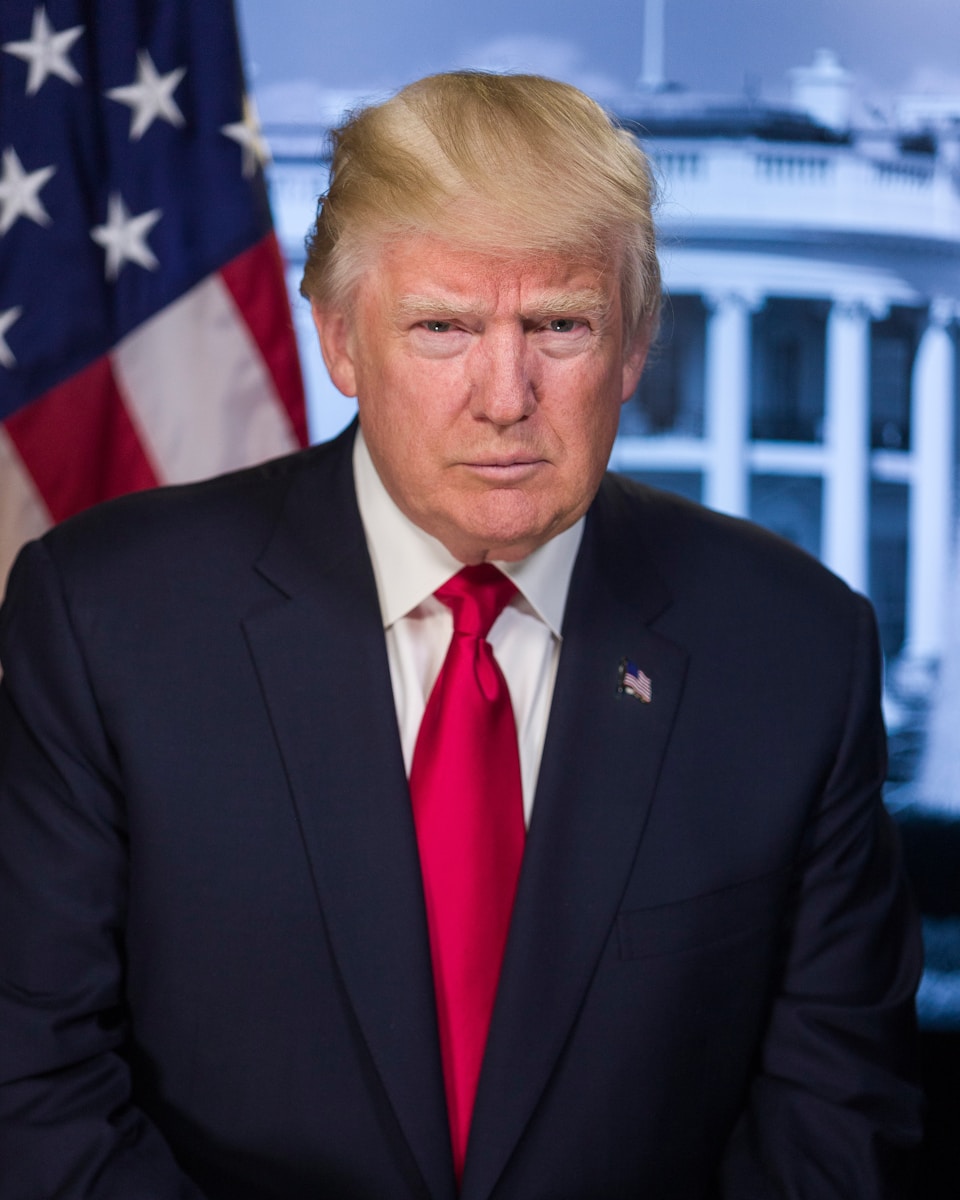Key Takeaways
– President Trump seems drawn to a made-up vision of America’s Gilded Age.
– He uses high tariffs and gold decorations to fuel this fantasy.
– True Gilded Age saw extreme poverty and no worker protections.
– Trump’s anti-regulation push risks repeating those harsh conditions.
– Critics warn his circle profits while everyday people suffer.
A New Kind of Nostalgia
President Trump often speaks of a golden era fueled by big wealth. Yet historians say his image never matched reality. In a recent essay, a journalist argued that Trump world chases a second Gilded Age that never existed. This dream blends opulence with harsh labor conditions. It overlooks the real suffering workers faced more than a century ago.
What Was the Gilded Age
The term Gilded Age describes U.S. history from the 1870s to the 1890s. Many industrial tycoons became extremely rich. Writers like F. Scott Fitzgerald and Upton Sinclair drew on this era for their novels. These works revealed secret struggles behind the glitter. In fact, most Americans lived in poverty. They worked long hours in unsafe conditions for low pay. The era sparked labor strikes and calls for reform. Yet the popular image often leaves out that pain.
Tariffs and Trade Fights
Mr. Trump embraced tariffs to protect American businesses. He raised duties on many imported goods to record levels. The last time duties stood this high was in the 1930s under President Hoover. That earlier move aimed to shield farmers from foreign competition. Today, critics warn high tariffs can hurt consumers through higher prices. They can also invite trade wars that disrupt supply chains. Still, Trump world praises tariffs as a tool of national strength. They see tariffs as part of their imagined Gilded Age revival.
Golden Halls and Lavish Décor
The White House now features more gold accents under Mr. Trump. His team redecorated the Oval Office with ornate trim and gilded details. Plans also include a large new ballroom costing hundreds of millions. Observers compare these touches to the grand parties of the late 1800s. Those events showcased wealth while hiding the era’s deep social problems. Yet Trump supporters view lavishness as a tribute to American success. They see it as proof of national pride.
Workers Left in the Shadows
In the true Gilded Age, workers had almost no legal protections. Factories lacked safety rules. Sweatshops employed children in harsh environments. Wages often failed to cover basic needs. Strikes sometimes ended in violence or mass arrests. Eventually activists won reforms for fair wages and safe workplaces. But the poet’s glitter was built on human struggle and sacrifice. Today, critics worry that rolling back regulations could return us to that moment. They point to proposals that ease rules on corporations and financiers.
Anti-Regulation Push
The Trump administration seeks to weaken many business rules. They aim to cut red tape on banks, energy firms, and manufacturing. Supporters claim this frees businesses to grow and hire more workers. Yet opponents argue it may increase financial risk and environmental harm. Historical lessons warn that lax oversight can spark crises. In 2008, loose finance rules helped trigger a global recession. Dismantling safeguards can leave ordinary people exposed to market shocks.
Fantasy vs. History
The version of the Gilded Age Trump praises never truly existed. The glitter hid serious inequality and widespread hardship. Historians note that no tour guide would have shown visitors the true living conditions. Instead, the rich built private mansions and exclusive clubs. Those outside the elite struggled to afford rent and food. They packed into tenement buildings with poor plumbing and minimal light. Disease spread easily there. Labor unions had to fight for every small gain.
A Selective Memory
Trump’s circle seems to recall only the glamour of the past. They imagine grand balls and fine jewelry as symbols of triumph. They celebrate powerful white men who succeed without question. Meanwhile, workers stay silent and unseen. In this dream, poverty barely exists on stage. Yet it shaped real history. The forgotten millions took bold action to demand fair treatment. They won laws to limit child labor and improve factory safety.
Modern Day Warning Signs
Signs of inequality have grown in recent decades. A handful of billionaires control vast wealth. Workers struggle with low pay and high housing costs. Many jobs offer little security or benefits. Access to health care remains uneven. Against this backdrop, a revival of unregulated finance and business power raises alarm. Critics say we must avoid repeating past mistakes. They call for balanced policies that protect ordinary people.
The Real Stakes Today
This debate matters because it shapes policies on trade, taxes, and workplace rules. High tariffs can protect some jobs but strain others. Lavish spending on the White House comforts few taxpayers. Cutting regulations may boost profits yet risk public health and safety. Lawmakers must weigh these trade-offs. Citizens should stay informed and hold leaders accountable.
Toward a Balanced Future
We can learn from both history and critique. The real Gilded Age showed the dangers of runaway wealth without oversight. It also revealed the power of collective action for better conditions. Today, citizens, workers, and businesses need to find common ground. Smart policies can encourage growth while ensuring fairness. Transparent rules help businesses innovate without harming communities. Open debate and checks on power remain vital.
Conclusion
President Trump’s vision of a second Gilded Age celebrates made-up memories of wealth and splendor. It ignores the real struggles that defined that era. His high tariffs, golden rooms, and anti-regulation agenda echo a selective fantasy. If unchecked, it could deepen inequality and risk public welfare. Yet learning from history offers a better path. We can build an economy that values both innovation and shared prosperity. After all, a nation thrives when its people, not just its richest, share in success.

